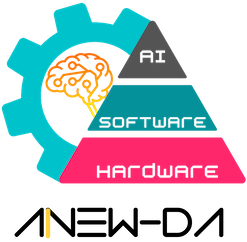System Design for the AI Age
What is the problem?
Paradigm Shift in System Design
In the 1980s
IC Chips before VLSI
Use IC Chips Datasheets for System Design
Function Focus on PCB Design (large number of small ICs)
2020s
Vertical Market Constraints
Complex Software Ecosystem
Complex Programmable Devices with embedded EDA
Integration Focus on PCB
In the past, semiconductor devices were fairly simple, so the process of system design focused on creating function. However, after 40 years of Moore’s law, semiconductors consist of large complex platforms. Thus, the actual process of system design has changed significantly to one focused on managing large and complex components at several levels of abstraction (AI, SW, and programmable HW). This fundamental shift in system design is not captured by any EDA tool today!
System Design Challenges
Massive complicated datasheets
Increasingly complicated design information is communicated through English text. This is a burdensome, tedious, and error-prone method for communication between semiconductor and system designers. The result: massive productivity loss.
Tracking function, drivers, AI/SW
Today, hardware, software, supply, certification, and other information is spread across different websites and documents. Also, the mapping from the desired function to its mapping in hardware components is held in the best case inside of Word files.
Visibility of system lifetime cost














